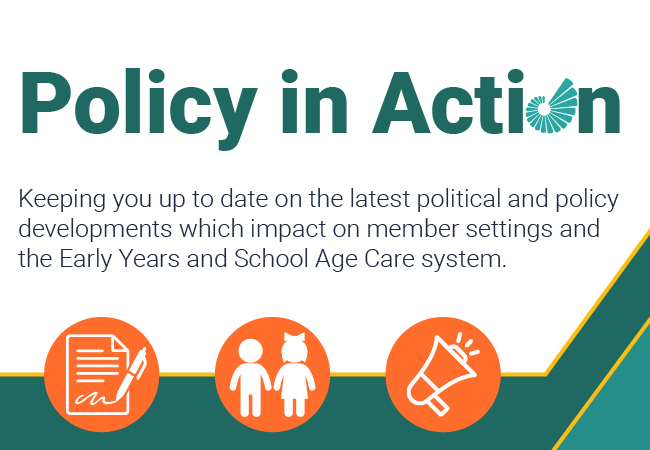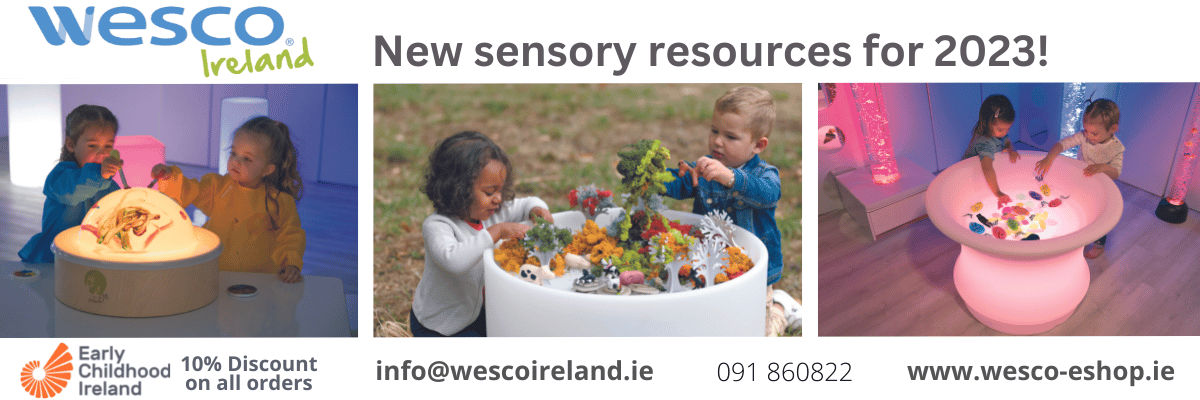Engineers Week 2014

Our society depends upon engineers to design every aspect of our lives — where we live, what we drive, how we communicate and even what we eat. Engineers take ideas and turn them into reality, using science, technology and ingenuity. They are masters of problem-solving and creative design.
Engineers are in demand worldwide because they are essential to the economic and civic development of every country1. Children need experiences with engineering and technology if they’re going to succeed in our 21st-century world — a world that increasingly depends on these disciplines .Engineering provides an opportunity to teach children how to work together and solve problems at a very young age.
Engineers Week is a week-long programme of nationwide events with the aim of celebrating the world of engineering in Ireland. The week aims to create a positive awareness and spark enthusiasm about the engineering profession to people of all ages, especially students and their teachers and parents.2
Children naturally bring engineering into their play – building bridges, knocking down towers, taking things apart to understand how they work. It is important to nurture these natural design inclinations, “Engineers are problem solvers and designers- design is a process that requires innumerable iterations and expertise to execute. – students will be better prepared for their careers, and life in general, if they can apply the design process to solve the future problems our society is certain to face.
Children have long been recognized as young scientists in the way they explore and try to make sense of their environments. Young children are also young engineers in the sense that they modify the world to satisfy their own needs and wants. Early educators can take advantage of activities that already occur in most early childhood classrooms (such as building with unit blocks) to nurture young children’s developing abilities in engineering and design, as well as provide new activities that push children to further develop their emerging abilities. Young children can create, solve problems, experiment, test, adapt, collaborate, explain—in short, they can participate in the design process as young engineers. 3
The engineering design process
The design process is defined as the engineer’s approach to identifying and solving a problem. This approach may involve repeating the process multiple times, and it may have many different solutions.
What kinds of problems motivate children to engage in engineering design, and what does engineering design look like in early childhood?
By providing high-quality materials such as unit blocks,practitioners can help create the environment where children would naturally gravitate toward designing and building intricate block structures. The minute children start playing with blocks is also the minute they start being involved in engineering.4
Moving through the Engineering Design Process might involve asking the following questions or making the following decisions:
For young children you don’t have to follow these points methodically but they may give you a starting point for extending children’s play, and older children may like to refer to it – this is only a guide to engineering design not a recipe or a requirement.
Meeteren & Zan (2010) observed that for young children, the engineering design process does not reveal itself as steps but rather as nonsequential components that may often be enacted by children simultaneously (sometimes within a few seconds) and would often quickly result in new questions. Much like engineers in the field, the children used, repeated, or skipped components of brainstorming, planning, testing, and improving as the project or question dictated. They found children merging the components of IMAGINE, PLAN, CREATE, and IMPROVE and enacting the component of PLAN informally.2
References
1.http://www.steps.ie/students/12-15/careers.aspx
2.http://www.engineersweek.ie/about/
3.http://ecrp.uiuc.edu/beyond/seed/zan.html
4.https://www.earlychildhoodireland.ie/quality-in-childcare-practice-of-childcare/play/science-through-play/construction-play/










